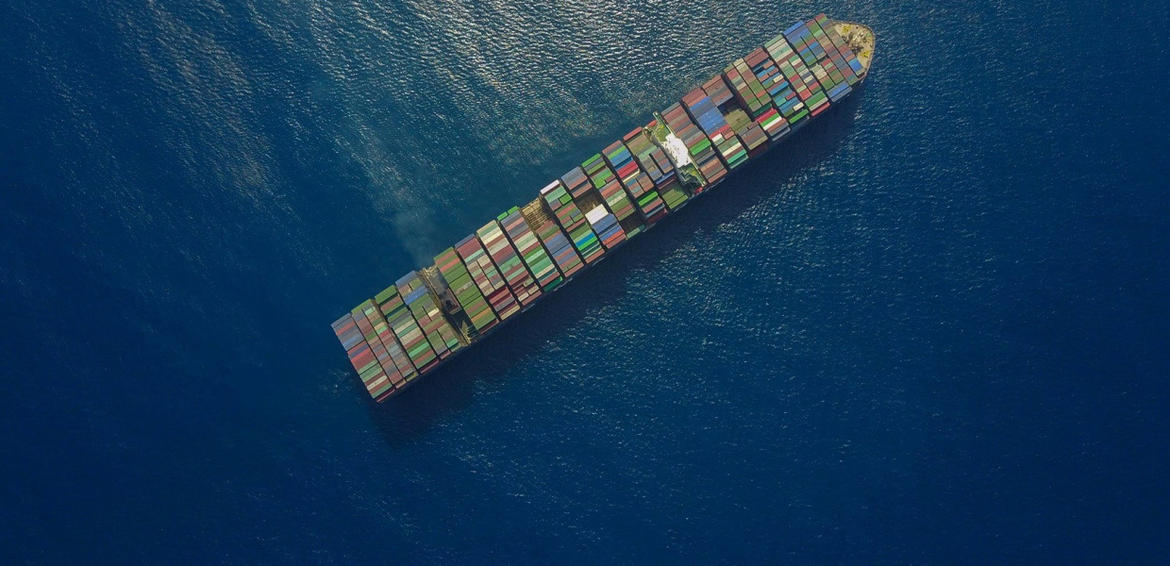
Photo: alexandersonscc / Pixabay - CC0, Public Domain
Ireland and Switzerland, the European “globalisation champions”
Ireland is the most globalised European country and Switzerland is the one that gained the most from the economy’s globalisation since 1990.
Photo: alexandersonscc / Pixabay – CC0, Public Domain
When measured in terms of absolute gains in GDP per capita between 1990 and 2016, Switzerland is the “globalization champion,” according to a report by the Bertelsmann foundation released on the eve of the G7 that is taking place in Charlevoix (Canada) on 8 and 9 June. The first EU country in the ranking is Finland. That is the main result of the 2018 Globalization Report, which analyzes the effect of globalization effect on economic growth in 42 countries – which collectively account for over 90 percent of the global economic output.
The top spots in the globalization index are occupied by Ireland, the Netherlands and Belgium – highly developed, well-connected and relatively small EU countries. The other positions in the top ten are held solely by member states of the European Union and Switzerland, which is also tightly integrated into the structures of the European Single Market through numerous bilateral agreements. The larger European countries such as the United Kingdom, France, Germany and Spain follow the pack, while Italy occupies the 23rd place.
Overall, global interconnection has increased significantly over the past two-and-a-half decades. As a result, the median of the globalization index for all 42 analyzed countries has risen from 44 points in 1990 to 64 points in 2016. The momentum in globalization was especially high in the 1990s and reached its peak at the beginning of the 2000s.
Methodology
The globalization index by the Bertelsmann foundation, which is closely connected to the established KOF Globalization Index , takes account of the economic, political and social aspects of the worldwide network of economies. A country’s ranking in the overall index is determined by its respective position in the three sub-indices: the economy (weighting: 60 percent), social dimensions, and politics (weighting: 20 percent each). The economy sub-index provides indicators for cross-border ties in the areas of trade in goods and services as well as wages and capital flows. The transaction metrics also include transaction restrictions and capital controls. The social dimension includes indicators for cultural proximity and personal contacts, among others. Political globalization is reflected in the third sub-index, which takes into account aspects such as the number of international treaties or membership in international organizations. The respective position in the sub-indices shows the categories in which the countries have particularly high or low globalization scores.
The index data can be used as a basis for determining how individual economies’ degree of globalization changed from 1990 to 2016. By using regression analyses, it is possible to quantify the effect that globalization has had on growth in the studied economies. As a result, the country with the highest globalization-based gains in GDP per capita – and thus the “globalization champion” – is determined.
